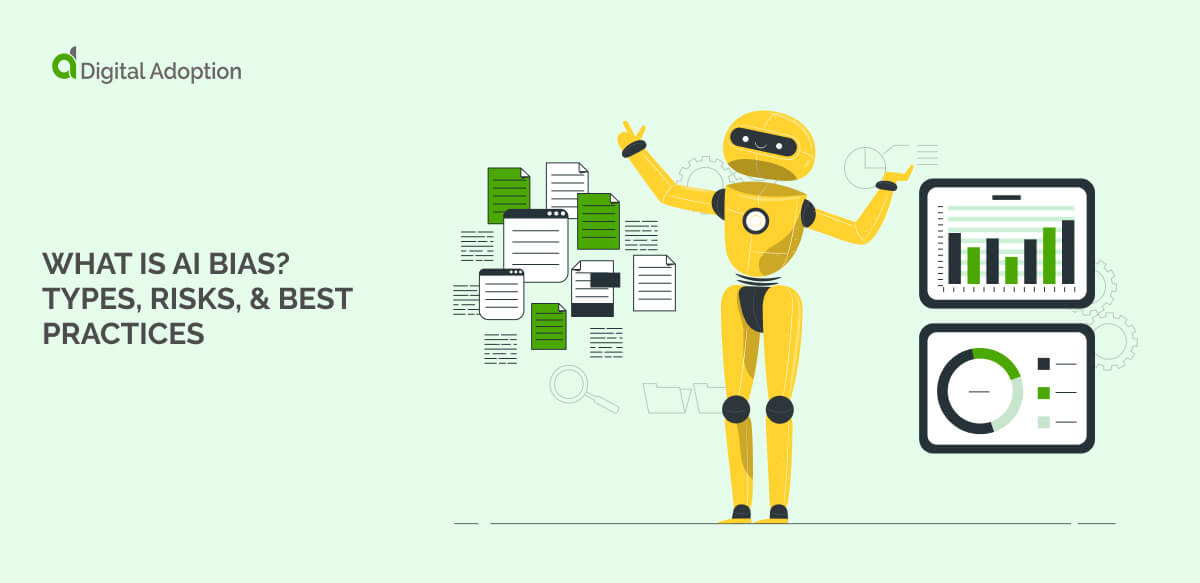Digital business strategy use cases
Digital permeates every aspect of modern business. To thrive in this environment, companies require a well-defined digital business strategy.
Unlike a rigid blueprint, these strategies are dynamic and adaptable, tailored to address the specific goals and challenges of each industry.
Here, we’ll explore how digital business strategies manifest across diverse sectors:
Retail
Scenario
A traditional brick-and-mortar clothing retailer faces declining foot traffic and struggles to compete with online giants.
Method
The company develops a digital business strategy focused on e-commerce. It creates a user-friendly online store with a seamless shopping experience. The company also leverages customer data from online interactions to personalize marketing campaigns based on browsing behavior and purchase history.
Outcome
The e-commerce platform opens a new revenue stream, attracting a wider customer base. Personalized marketing emails and targeted social media ads increase sales and customer engagement. The retailer uses online data to optimize inventory management and product offerings, reducing costs and improving customer satisfaction.
Manufacturing
Scenario
A manufacturing company experiences production delays and inefficiencies due to manual processes and limited visibility into machine performance.
Method
The company implements a digital business strategy incorporating the Internet of Things (IoT) and automation technologies. Sensors are embedded in machinery to collect real-time data on performance and potential maintenance issues. Automation tools handle repetitive tasks, freeing up workers for higher-level activities.
Outcome
The company can implement predictive maintenance by analyzing data from IoT sensors, preventing equipment breakdowns and costly downtime. Automation streamlines production processes, boosting output and reducing labor costs.
Hospitality
Scenario
A hotel chain struggles to differentiate itself from competitors and maintain long-term guest relationships.
Method
The hotel implements a digital business strategy focused on enhanced guest experience through digital channels. It develops a mobile app that allows guests to book reservations, check-in online, manage room climate, and order room service.
Outcome
The mobile app streamlines the guest experience, increasing satisfaction and positive online reviews. Social media engagement fosters brand loyalty and lets the hotel showcase special offers and promotions directly to its target audience.




